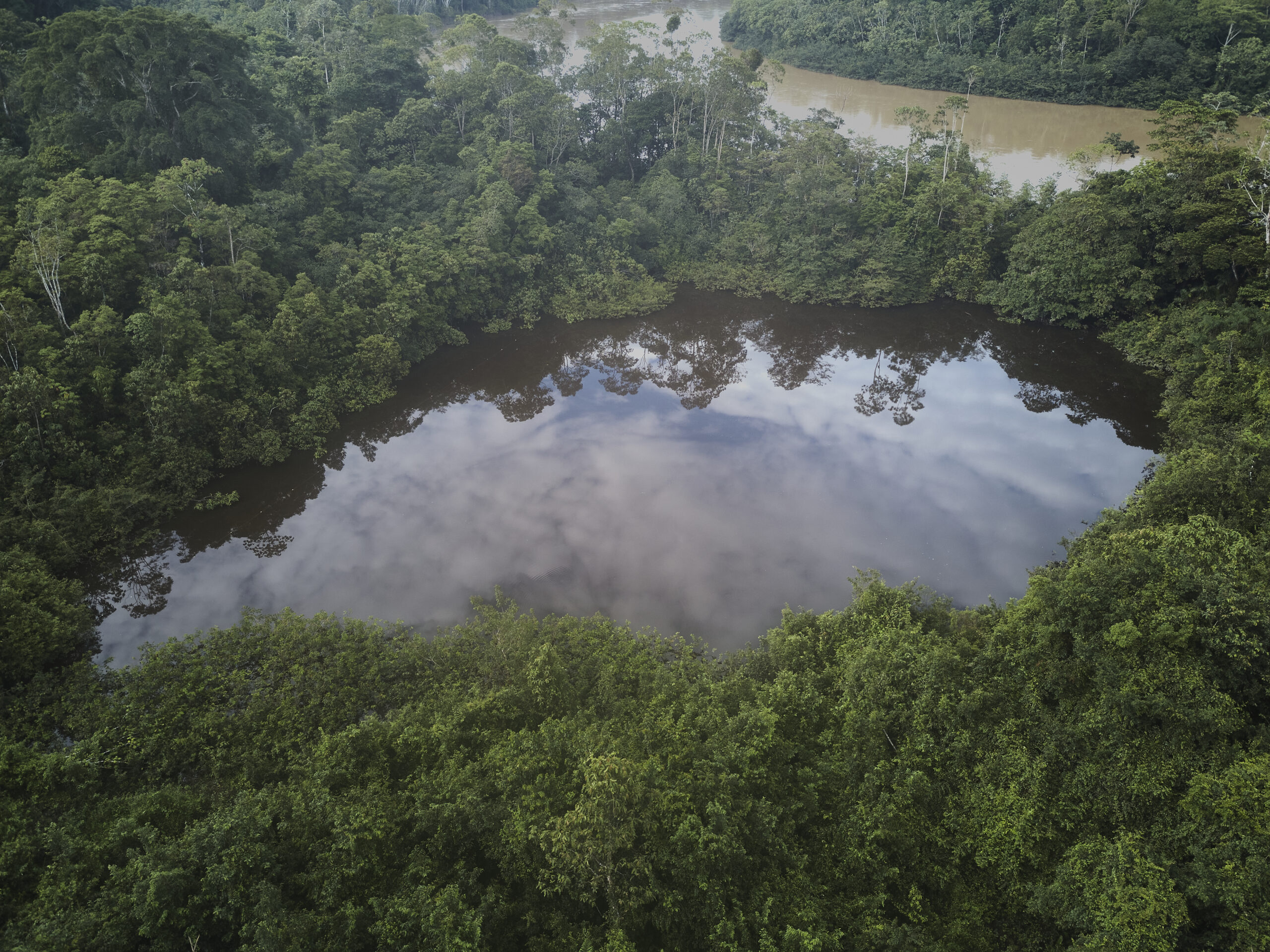Photo: Rolando Mondragón / DAR
By: Cristina López, Derecho, Ambiente y Recursos Naturales – DAR
Perupetro’s promotion of 47 new areas for hydrocarbon exploration poses a severe threat to protected areas that ensure the survival of Indigenous peoples in voluntary isolation and to highly fragile natural zones. These areas, vital for providing clean water, medicines, food, and tourism resources, could lose their ability to deliver these essential benefits to society, irreversibly impacting local economies that depend on their sustainable use.
To prevent further environmental disasters and ongoing violations of rights associated with the country’s energy development, it is imperative to exclude the territories of Indigenous peoples in voluntary isolation and protected natural areas (PNAs) from zones designated for hydrocarbon promotion and technical evaluation agreements. Additionally, it should renegotiate existing contracts to prioritize production for domestic consumption, which will strengthen the country’s energy security. Furthermore, it is essential to implement continuous improvement processes in the infrastructure and operations sector and bolster the relevant entities’ capacity and resources to ensure the industry’s sustainable development.
This initiative aims to contribute to the Ministry of Energy and Mines’ (MINEM) 2014 goal of covering 76% of the national energy matrix with hydrocarbons by 2050. However, this objective arises from a history of over 40 years of extraction in the Peruvian Amazon, characterized by contamination and systematic rights violations. During this time, the weakening of environmental management and human rights protection frameworks has undermined the State’s ability to safeguard vulnerable populations and the environment.
Although oil activities have generated revenue for the public budget, they have not significantly improved the quality of life for affected communities. The operating companies and relevant authorities have not remediated the sites contaminated by hydrocarbon spills, mainly due to the high remediation costs. Estimates suggest that remediating the 3,221 registered environmental liabilities would cost approximately 34 billion soles. Remediating just 14 impacted sites in the Pacaya Samiria National Reserve alone would require 5.5 billion soles, more than double the oil royalties generated by the corresponding lot (León et al. 2024).
Moreover, extractive activities conflict with the purpose of PNAs designated for indirect use, as these areas prohibit such activities due to their fragility and the characteristics that warrant their protection. The viability of hydrocarbon development in these areas goes beyond potential legal modifications in the current political context, an intention driven by Perupetro, MINEM, and the Peruvian Hydrocarbon Society to intervene in the Bahuaja Sonene National Park, where Perupetro seeks to sign a technical evaluation agreement with MINEM’s support.
Extractive activities are also incompatible with Territorial and Indigenous Reserves, as they pose a severe threat to Indigenous peoples in voluntary isolation and initial contact (PIACI), such as in the Madre de Dios Territorial Reserve and others. Ignoring the principle of no contact in the 1980s led to the death of more than half of the total Nahua people due to diseases contracted from forced contact during seismic exploration.
The threats to PIACI and PNAs do not begin with signing exploration and exploitation contracts but from the promotion phase. The technical evaluation agreements grant companies the first option to enter into an exploration contract, representing a State commitment to granting a subsequent right and thus marking the beginning of hydrocarbon exploration and/or exploitation procedures.


